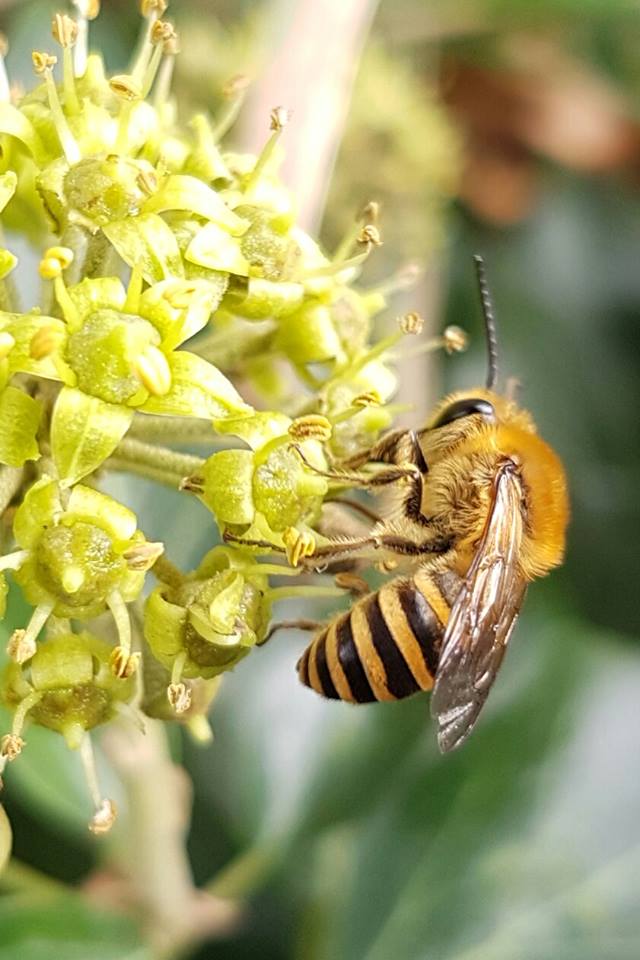Bees: A Natural History
It is now 22 years since a large and general introduction to the wonderful world of bees, came on the market (Bees of the World by O’Toole & Raw). Natural history books that are aimed at the interested general public, lavishly illustrated with spectacular photographs and still of considerable value to experienced melissophiles are as uncommon as they are welcome.
This new book, published in the US by Névraumont Publishing Company and Firefly Books, and retailing at £30 looks at all aspects of bees, and includes… Read more


